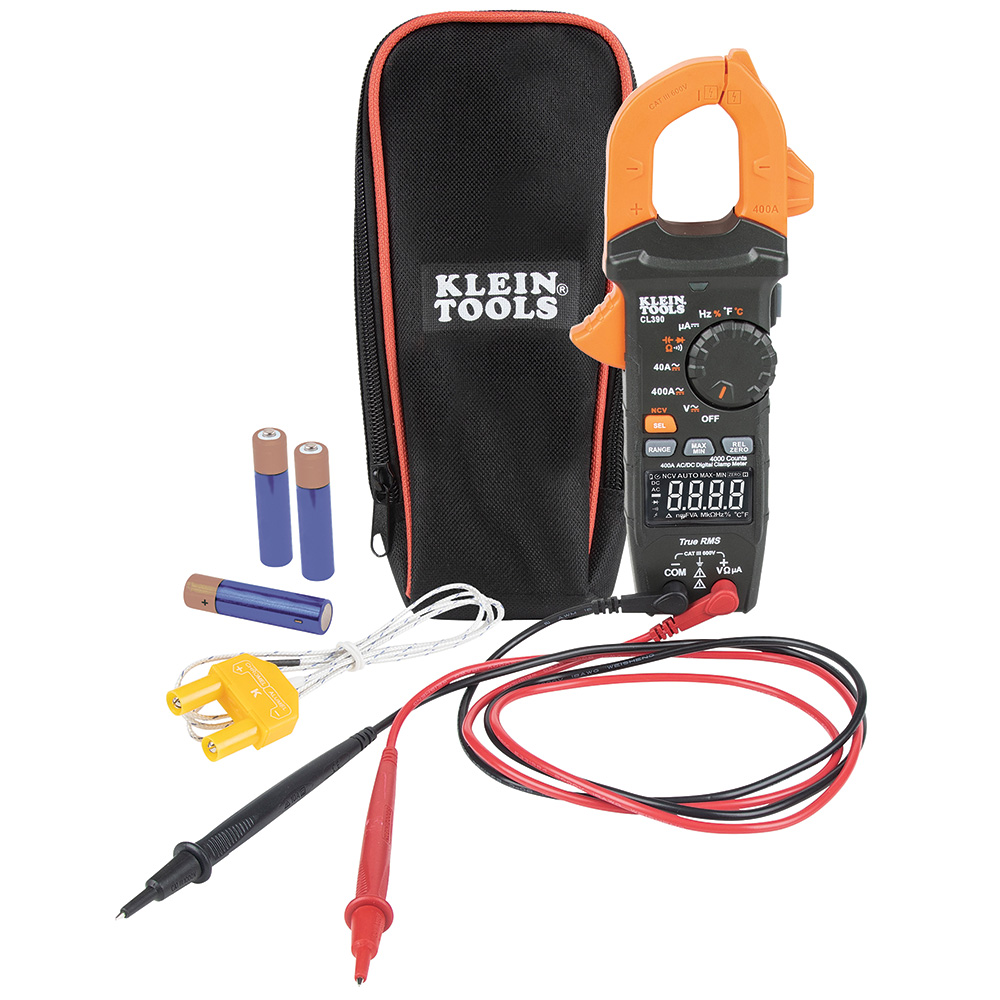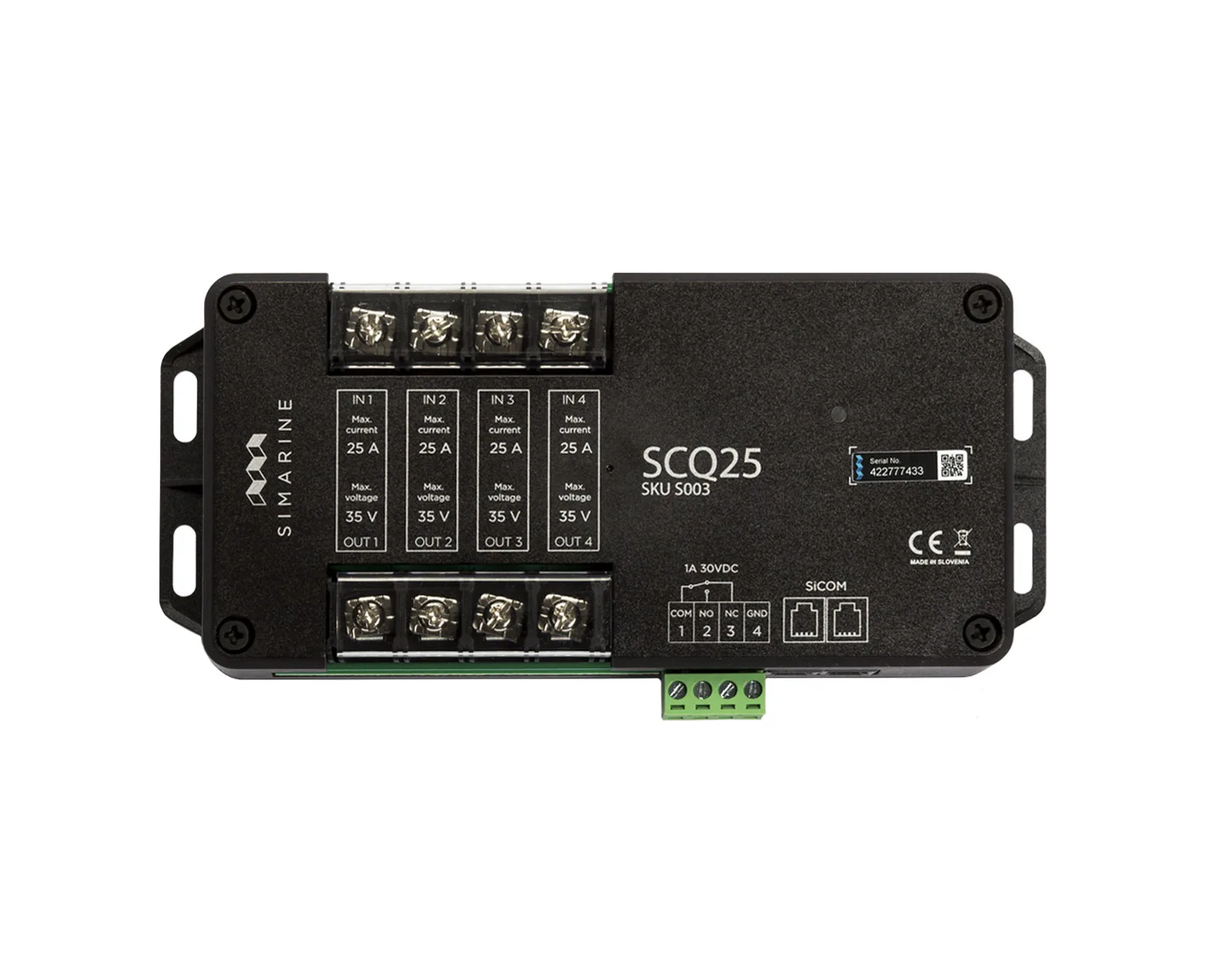For the last few hours my battery monitor was showing 16 extra watts being drawn from my battery than I normally see. I could not figure out where it was coming from. I finally found that a rarely used light switch for an external LED light was on. I must have bumped it unknowingly.
Anyway, this got me thinking about all of the loads I have on my system. The battery monitor can only tell me how many watts of DC loads I have. But what if I wanted a way to monitor each DC load and its current usage? I could see how many amps or watts are currently being used by my fridge, furnace, water pump, various lights, etc.
Just brainstorming some ideas. Is there something that can be wired into each connection of my DC fuse box, for example, and for each connection it could provide how many amps are being used? Then somehow all of those could be wired into a Raspberry Pi. Then I could access the readings and display the amps usage of each connection.
Has anyone done anything like this or have some ideas on how this could be done?
Anyway, this got me thinking about all of the loads I have on my system. The battery monitor can only tell me how many watts of DC loads I have. But what if I wanted a way to monitor each DC load and its current usage? I could see how many amps or watts are currently being used by my fridge, furnace, water pump, various lights, etc.
Just brainstorming some ideas. Is there something that can be wired into each connection of my DC fuse box, for example, and for each connection it could provide how many amps are being used? Then somehow all of those could be wired into a Raspberry Pi. Then I could access the readings and display the amps usage of each connection.
Has anyone done anything like this or have some ideas on how this could be done?




